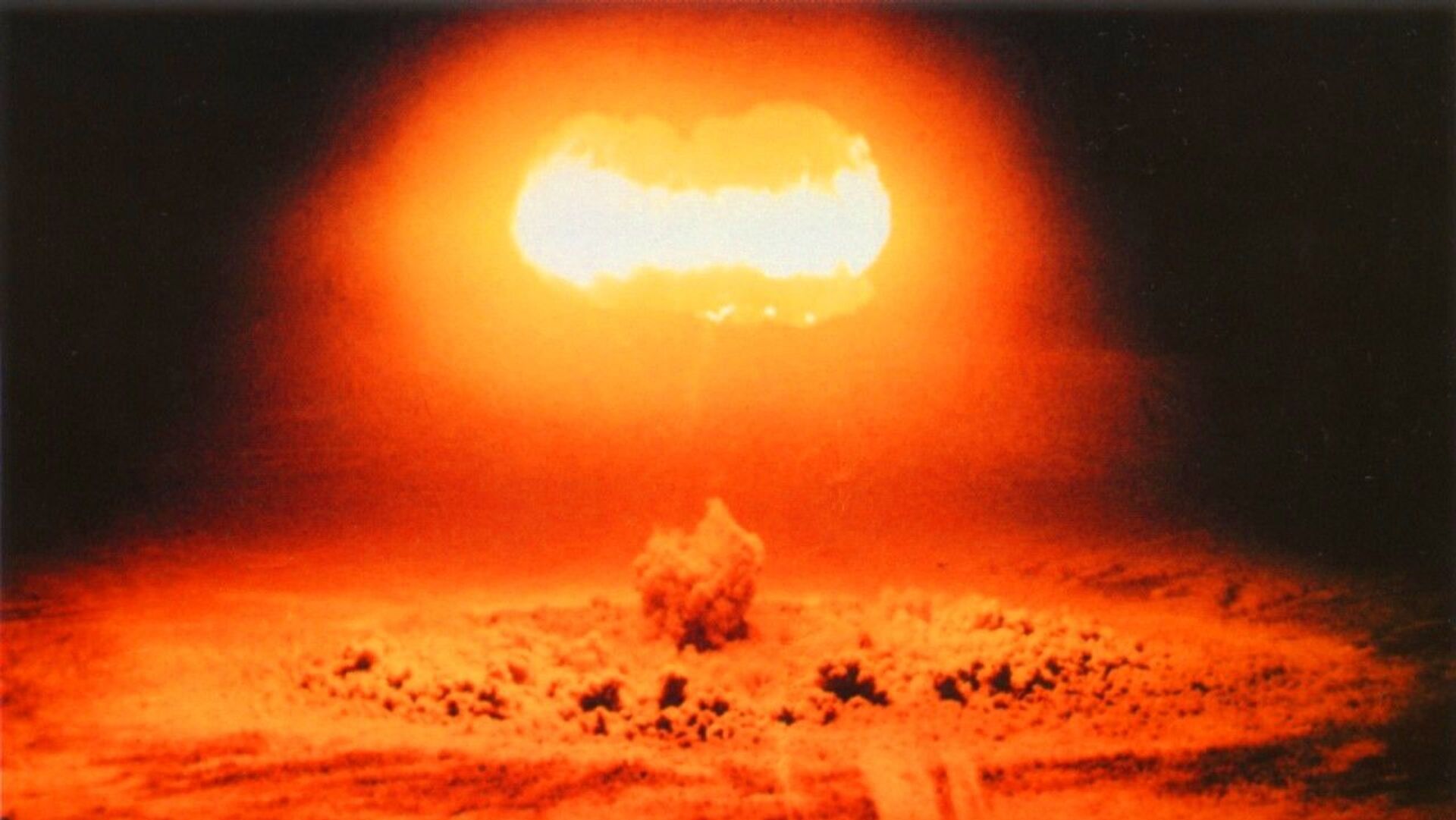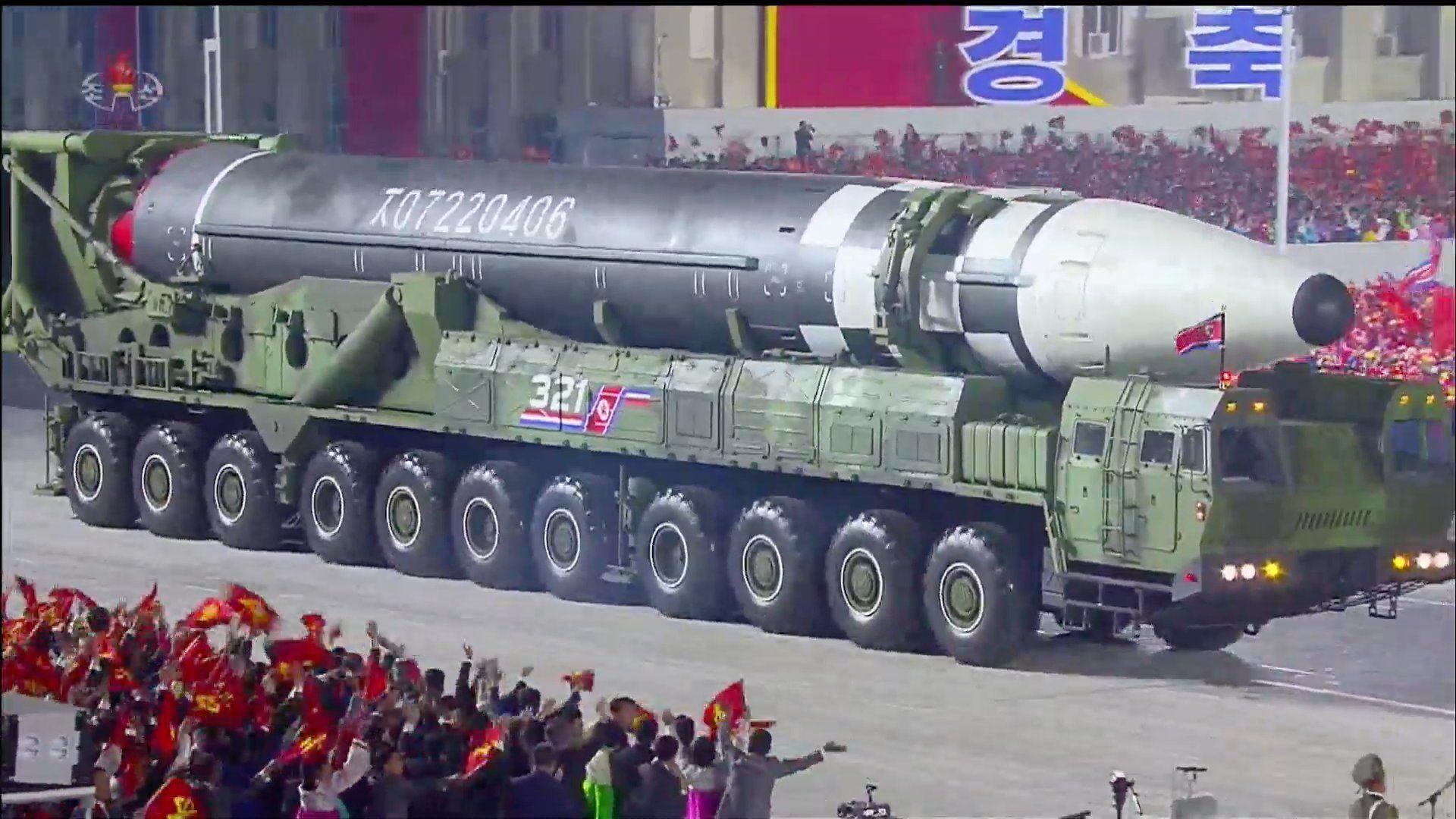‘Irresponsible, Dangerous’: US Envoy Dismisses Calls for South Korean Nuclear Weapons Program
20:18 GMT 19.10.2022 (Updated: 13:37 GMT 18.09.2023)

© Photo : Nuclear Weapon Archive
Subscribe
After the US withdrew nuclear weapons from South Korea in 1991, it pledged to maintain its “nuclear umbrella” from afar. The following year, Seoul and Pyongyang attempted to reach an accord that would avoid a nuclear arms race on the Korean peninsula, although it never entered force.
The US ambassador to South Korea has swatted down talk in Seoul about developing their own nuclear weapons, calling them “irresponsible and dangerous” and saying they don’t help resolve an already-tense situation.
"I also believe we should be focused on not increasing the threat from nuclear weapons - whether they are tactical or otherwise - but address the need to rid the world of these weapons," US ambassador Philip Goldberg told reporters at a forum hosted by the Kwanhun Club media organization on Tuesday.
“‘Extended deterrence’ means the protections provided by the US in all areas, including nuclear. We have this iron-clad commitment. Nobody should have any doubt about that," he added.
Goldberg’s words come after Chung Jin-suk, head of the ruling People Power Party, called last week for South Korea to scrap its pledges not to develop nuclear weapons.
"It should not be overlooked that North Korea's recent missile provocations involve not just ballistic missiles but 'tactical nuke' simulations," Chung said, according to Yonhap News Agency. "We need to take all necessary measures in terms of defense and security."
After President Yoon Suk-yeol, also from the PPP, rejected leaving the Non-Proliferation Treaty (NPT), Chung changed his stance to say that the US should redeploy tactical nuclear weapons in South Korea.
Nuclear Umbrella
During the Cold War, when South Korea was a de facto military dictatorship, the US stationed hundreds of nuclear weapons there, including nuclear artillery shells. The Democratic People’s Republic of Korea (DPRK) was allied with the Soviet Union but maintained good relations with China as well, and had a slow-burning nuclear weapons program that only yielded a usable weapon in 2006, decades after the end of the USSR. The two Koreas had fought a war between 1950 and 1953, but it only ended with a ceasefire, meaning no state of peace exists between the DPRK on the one side, and South Korea and its ally, the US, on the other.
After the US withdrew its nuclear weapons at the end of the Cold War, it left behind the 28,500 troops of the US Eighth Army, and pledged to continue protecting Seoul from attack with its “nuclear umbrella.” In 1992, Seoul and Pyongyang attempted to reach a deal to keep nuclear weapons off the Korean peninsula, but troubles in the talks kept it from ever entering force.
Although the Republic of Korea - South Korea’s official name - ratified the NPT in 1975, it has never ratified the Treaty on the Prohibition of Nuclear Weapons (TPNW) and voted against a 2018 proposal at the United Nations urging nations to sign it.
Climbing Up the Escalation Ladder
The fresh talk of nuclear weapons comes after US and South Korean forces launched a series of provocative war drills in which stealth fighters rehearsed airstrikes on the DPRK. In response, the DPRK fired off hundreds of artillery shells, which landed in “buffer zones” in the Yellow Sea and Sea of Japan that were established in 2018 during a historic rapprochement.
“The 2018 inter-Korean military accord, which is the last security device aimed to prevent accidental armed clashes along the border, is being under threat from the escalating military activities by both sides,” Yang Moo-jin, a political science professor at the University of North Korean Studies in Seoul, told the South China Morning Post. “This is a dangerous situation that must be carefully handled.”
In addition, South Korean and US officials have become increasingly convinced that a seventh nuclear weapons test by Pyongyang is imminent. Yonhap reported on Sunday that Yoon’s office was on 24-hour standby, watching for such a test.

Screengrab of North Korean television showing massive new, never-before-seen ICBM in Pyongyang at celebrations marking the 75th anniversary of the founding of the Democratic People's Republic of Korea, Saturday, October 10, 2020.
© Photo : Korea Central Television
The socialist state hasn’t tested such a device since 2017, when it detonated its first thermonuclear weapon in an underground test chamber at Punggye-ri, under Mt. Mantap. The following year, after testing a new intercontinental ballistic missile (ICBM) capable of carrying the new hydrogen bomb, Pyongyang imposed a voluntary moratorium on testing both kinds of weapons. Then, during denuclearization talks with the US that ultimately failed, Pyongyang blew up parts of the Punggye-ri test site to demonstrate its commitment to reaching a deal. However, Washington refused to lower its sanctions.
The alert followed military drills in previous weeks in which North Korean forces simulated the use of tactical nuclear weapons against South Korea and US targets, as well as numerous rounds of ballistic missile tests. Those drills, in turn, came amid another set of large drills between US, South Korean, and Japanese forces that involved a US aircraft carrier for the first time in five years.
“Under such inevitable circumstances, the Central Military Commission of the Workers' Party of Korea (WPK), after discussing the politico-military situation prevailing on the Korean Peninsula and its future in the latter half of September, decided to organize military drills under the simulation of an actual war at different levels in order to check and improve the reliability and combat power of our state war deterrence and send a strong military reaction warning to the enemies,” the Pyongyang-based Korean Central News Agency (KCNA) reported on October 9.
“Through seven times of launching drills of the tactical nuclear operation units, the actuality of the nuclear combat forces of our state and its militant effectiveness and actual war capabilities, which is fully ready to hit and wipe out the set objects at the intended places in the set time, were displayed to the full,” KCNA added.


